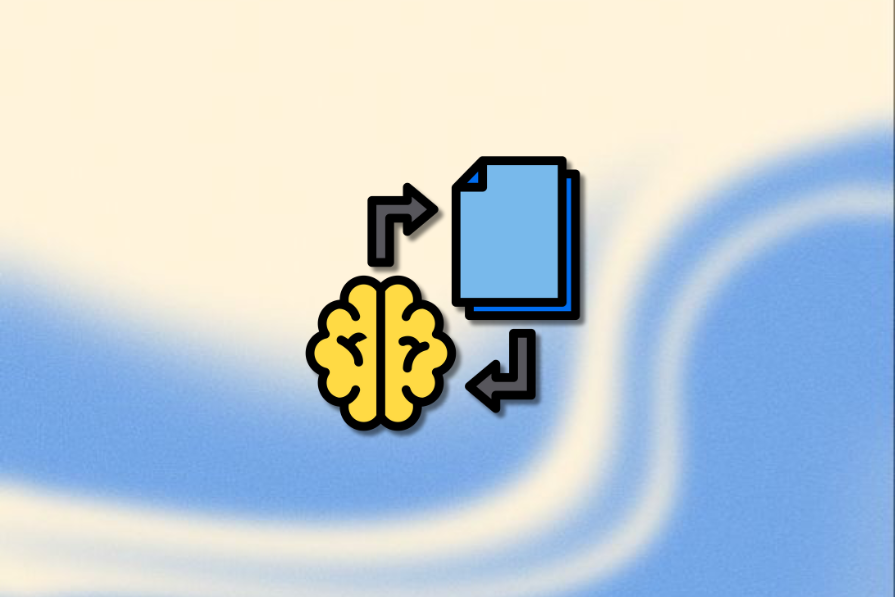
"The impact of AI on our world is undeniable. It all began with the landmark paper " Attention is all you need", which introduced the transformer architecture and laid the foundation for everything that followed. Soon after came the rise of large language models (LLMs) like GPT-3, bringing conversational intelligence to the mainstream. But we didn't stop there. The next step was teaching AI to interact with the outside world through tools, enabling it to fetch data, execute code, and call APIs."
"Then came the push to make models reason, leading to breakthroughs like chain-of-thought prompting that allowed step-by-step logical processing. Yet, despite these advances, most AI interactions still follow a one-turn pattern - the user asks, the model answers. What if we wanted models that could take initiative, make decisions, and perform complex tasks on their own, continuously refining their actions until a goal is achieved? That's where agentic AI comes in - systems designed not just to respond, but to act."
Transformer architectures enabled rapid progress in language models, leading to large language models like GPT-3 and widespread conversational intelligence. Tool-enabled models gained the ability to fetch data, execute code, and call APIs. Reasoning capabilities improved through methods such as chain-of-thought prompting for step-by-step logical processing. Most interactions remain one-turn question-answer exchanges, motivating the development of agentic AI that takes initiative and refines actions toward goals. Autogen and Crew AI provide frameworks for building multi-agent systems, with differing approaches to agent and task definition, workflow orchestration, and memory management utilities.
Read at LogRocket Blog
Unable to calculate read time
Collection
[
|
...
]